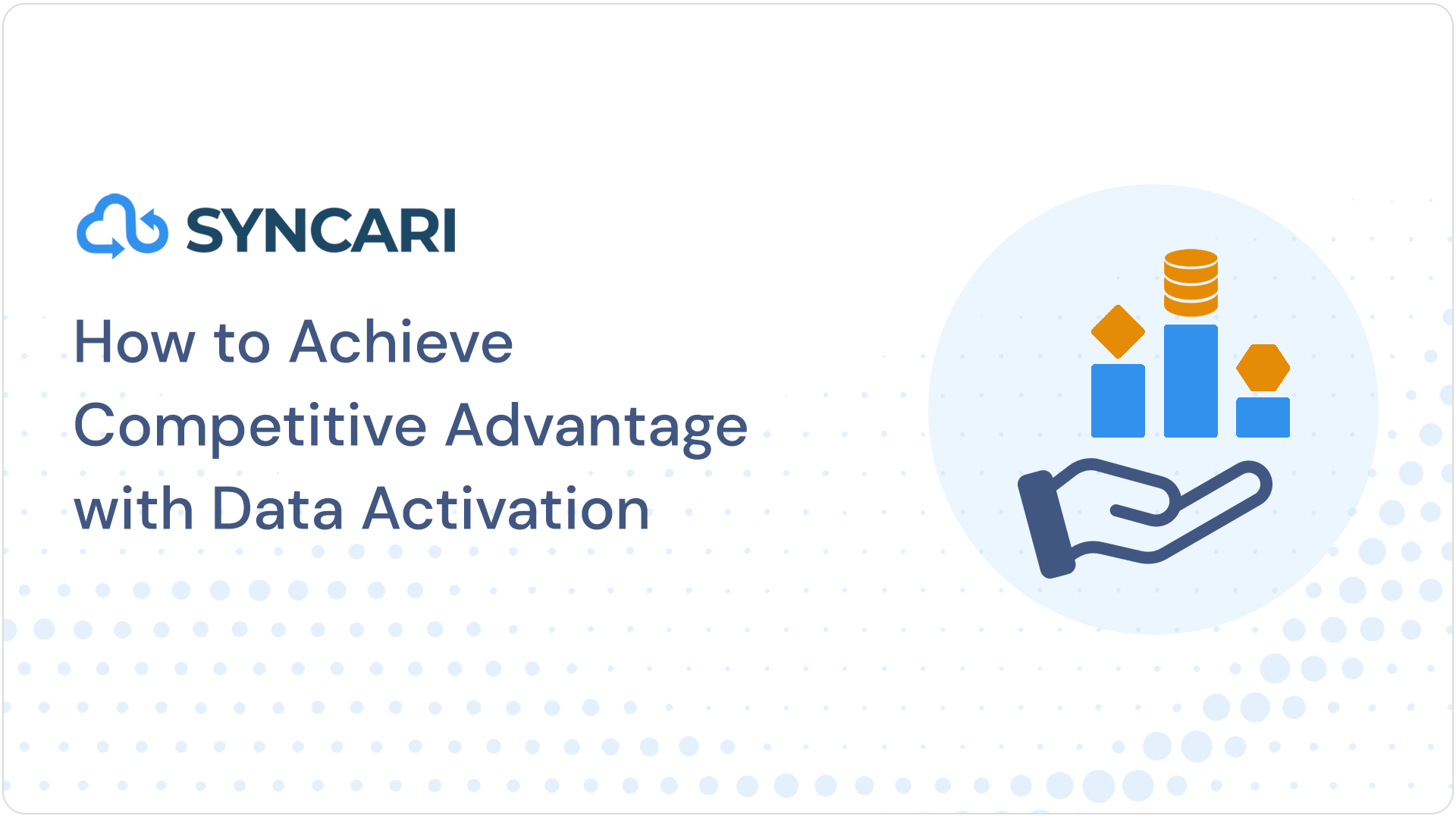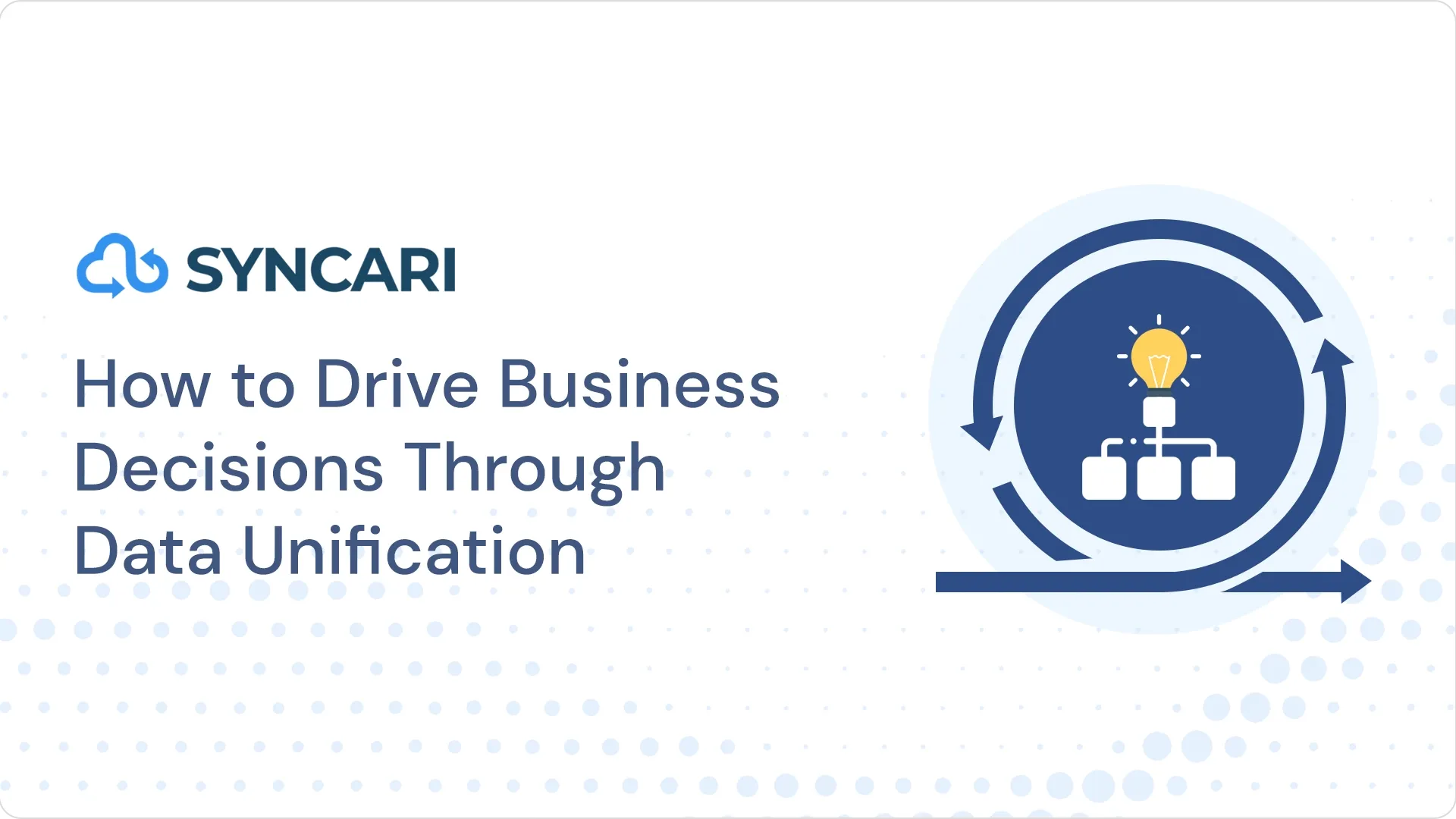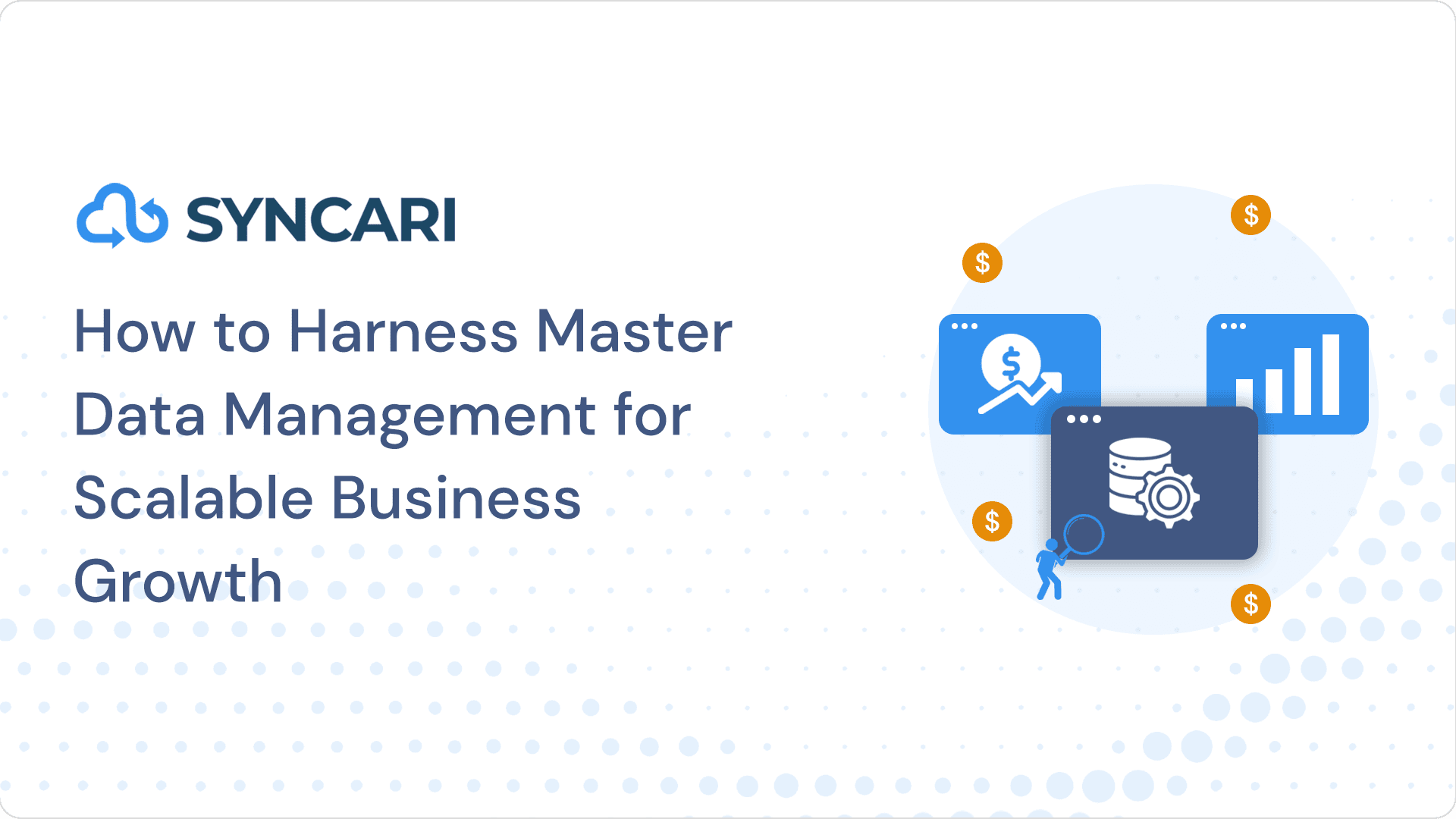Today, businesses have access to a plethora of data integration tools that can help them to streamline their operations and gain valuable insights from their data. One of the most well-known solutions in this space is Informatica. In this article, we will explore Informatica’s features, benefits, the company’s pricing model, and whether Informatica is actually the best data integration tool, so you can decide whether it is the right tool for your business.
Let’s dive in!
What is Informatica?
Informatica is a software development company that provides data integration and management solutions. The company offers a range of products and services that help organizations efficiently manage and integrate their data across various systems and platforms.
Firstly, Informatica’s main focus is on data integration. This involves bringing together data from different sources, transforming it into a unified format and delivering it to the intended destination.
The company’s solutions enable businesses to connect various sources of data such as databases, applications, files and cloud services, and ensure a smooth flow of data across the enterprise.
Informatica’s offerings include:
- Informatica PowerCenter: This powerful enterprise data integration platform allows businesses to extract, transform and load (ETL) data from various sources. You get a visual development environment, a range of connectivity options and strong transformation capabilities for your data.
- Informatica Cloud: This cloud-based integration platform allows organizations to integrate data and applications across on-site systems and cloud-based services. It supports integration scenarios that are hybrid, and also offers features like data synchronization, application integration and data quality management.
- Informatica Master Data Management (MDM): MDM solutions help organizations develop and maintain one single, trusted view of their data entities (e.g., customers, products, suppliers). Informatica’s MDM solutions provide data governance, data quality management and data consolidation capabilities. All of these features are designed to ensure your master data remains accurate and consistent across your entire system.
- Informatica Data Quality: This product helps organizations improve the quality of their data by identifying and resolving data quality issues. It offers data profiling, cleansing, standardization and enrichment capabilities to make sure your data is accurate and reliable.
In industries such as finance, healthcare, retail, manufacturing and telecommunications, Informatica’s solutions are widely used and accepted. Effective data management and integration are essential for business operations and decision-making processes — and that’s where Informatica comes in handy.
In summary, Informatica is a software company that provides data integration and management solutions. Their product is designed to help you extract, transform, and load data from a variety of sources into a central repository. This allows you to easily access and analyze the data insights.
Features

Informatica PowerCenter
- One of Informatica’s flagship products is Informatica PowerCenter, a data integration platform that enables organizations to extract, transform, and load data from a wide variety of sources, including databases, flat files, and cloud applications.
- PowerCenter also includes a powerful data profiling and data quality tool, which helps organizations identify and correct data issues before they become a problem.
Informatica Cloud
- Another popular product from Informatica is Informatica intelligent cloud services. It is a cloud-based data integration and management solution that allows organizations to easily move, integrate, and manage data across a variety of cloud platforms, including Salesforce, Amazon Web Services, and Microsoft Azure.
- Informatica Cloud also offers a variety of pre-built connectors and templates, making it easy for organizations to quickly and easily integrate data from a wide range of data sources.
In addition to their data integration, Informatica cloud and management products, Informatica also offers a range of other solutions, including:
Informatica MDM (Master Data Management):
A solution that helps you create a single, accurate view of your most important data, such as customer and product information.
Informatica B2B Data Exchange:
A solution that allows you to easily exchange data with your partners, suppliers, and customers in a secure and reliable manner.
Informatica Data Governance:
A solution that helps your organization establish and maintain governance over the data, including data quality, data security, and compliance with regulations.
Informatica’s products are designed to work together seamlessly and can be easily integrated with other business intelligence and analytics tools, such as Tableau and QlikView. This can provide a complete data management and analytics solution for organizations.
Informatica’s solutions are used by a wide variety of organizations in many different industries, including healthcare, finance, retail, and manufacturing. Their customers include many well-known companies, such as Cisco, Dell, and Nike.
This tool is helpful to change data capture, data masking, data extraction and gathering data from major data sources.
Overall we can say Informatica has good features when it comes to cloud data management, data integration, and management solutions. It offers key benefits when it comes to extracting, transforming, and loading data from a variety of sources and turning that data into actionable insights that can drive business growth and success.
How does Informatica work?
The tool incorporates various systems and allows you to pull data as per users’ requests. The tool works by using a combination of pre-built connectors, data transformation and mapping capabilities along with a powerful data integration engine.

These things together help organizations move, integrate, and manage data across their entire enterprise.
Step 1:
The first step in using Informatica is to connect to the various data sources that you want to integrate. This can include a wide variety of sources, such as databases, flat files, and cloud applications.
Informatica offers a wide range of pre-built connectors for popular data sources, such as Salesforce, Oracle, and SQL Server, which make it easy to connect to these sources and start integrating data.
Step 2:
Once you have connected to your data sources, the next step is to define the data transformation and mapping logic that you want to use to integrate the data. This is done using Informatica’s data transformation and mapping capabilities.
These include a wide variety of pre-built transformations and mappings, as well as the ability to create custom transformations and mappings using a drag-and-drop interface.
Step 3:
With the data source and transformation/mapping logic defined, you can extract, transform and load the data into the central repository. This is done using Informatica’s powerful data integration engine, which can handle large volumes of data quickly and efficiently.
The engine also includes a variety of data quality and data profiling capabilities, which can help identify and correct data issues before they become a problem.
Once the data is loaded into the central repository, the organization can easily access and analyze it using a variety of business intelligence and analytics tools, such as Tableau and QlikView.
Informatica’s solutions can also be integrated with other data management and governance tools, such as Informatica MDM and Informatica Data Governance, to provide a complete data management and analytics solution for organizations.
Informatica Pricing: A detailed overview
As we discussed different features and solutions of Informatica, now let us discuss their pricing models. Their pricing plans are customizable to meet the unique needs of different organizations.
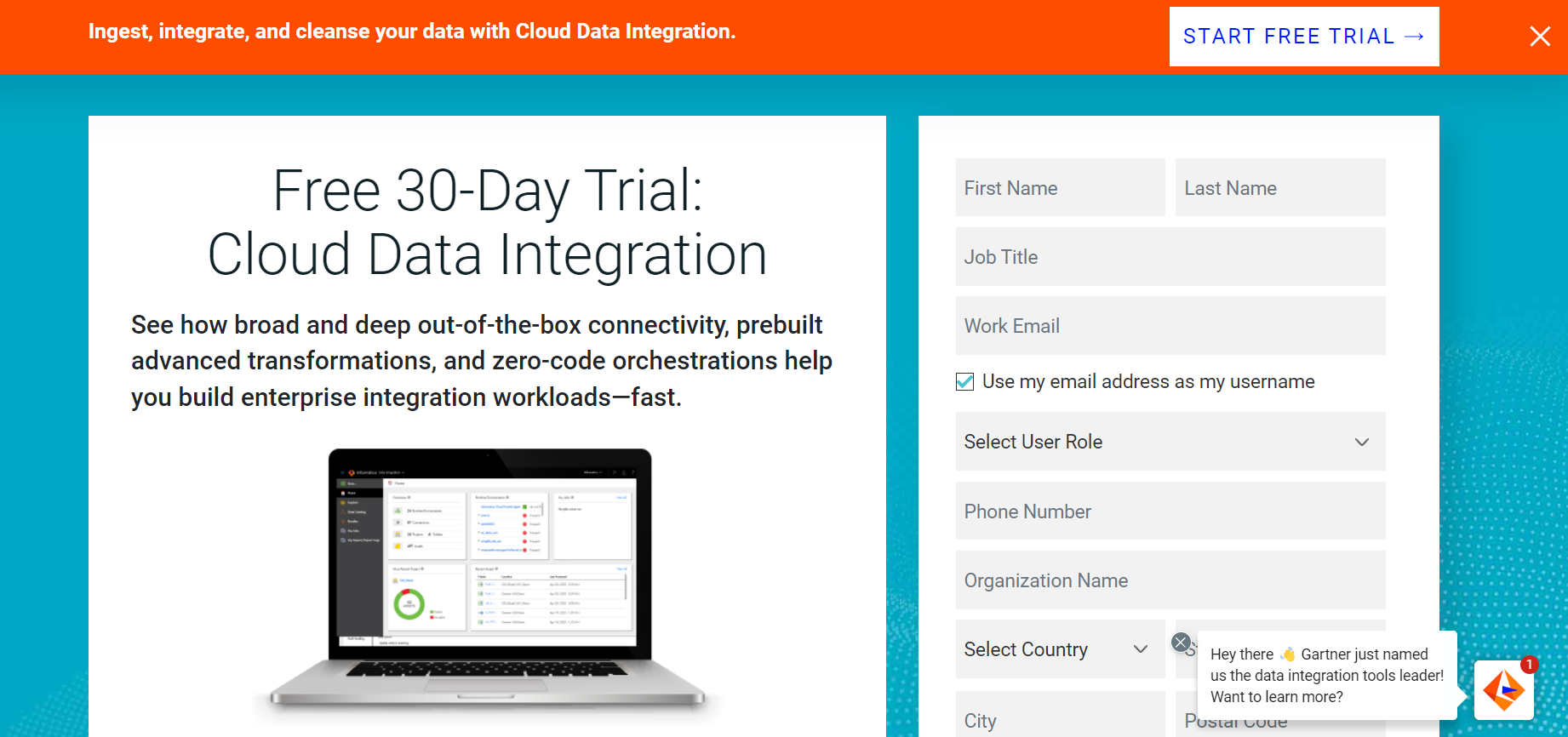
As we know, one of Informatica’s most popular products is Informatica PowerCenter, a data integration platform that enables your organization to extract, transform, and load data from a wide variety of sources.
PowerCenter’s pricing is based on a per-user, per-month subscription model, with different pricing tiers available depending on the number of users and the level of support required.
Another popular product by Informatica is Informatica Cloud, a cloud-based data integration and management solution. Informatica Cloud’s pricing is also based on a per-user, per-month subscription model, with different pricing tiers available depending on the number of users and the level of support required.
In addition to its data integration and management products, Informatica also offers a range of other solutions, such as Informatica MDM (Master Data Management) and Informatica Data Governance.
You can get a free trial of some of its most popular products, such as Informatica PowerCenter and Informatica Cloud, so organizations can test the software and see if it meets their needs before committing to a purchase. They have a 30 days free trial option on their website.
However, there is no transparency on their pricing plans. It means their website does not specify the exact amount for each plan.
Customer Support
In terms of support, Informatica offers a variety of support options, including standard and premium support plans, to meet the needs of different organizations. These support plans include access to Informatica’s support portal, email, and phone support, as well as access to Informatica’s knowledge base and online training resources.
Why you might need an Alternative to Informatica
There is no doubt that data integration tools such as Informatica enable organizations to automate their data and operate through centralized repositories for easy access. However, Informatica comes with drawbacks. We tried to list a few limitations of Informatica here:
Complexity
One of the main drawbacks of Informatica is its complexity. The tool includes a wide range of features and capabilities and can be difficult for new users to navigate and understand.
Resource intensive
Another drawback of Informatica is that it can be resource-intensive. The tool requires a significant amount of memory and processing power to run effectively, which can be a problem for organizations with limited resources.
Additionally, the tool can be slow to start up and can take a long time to complete large data integration jobs, which can be frustrating for users who need to integrate data quickly.
Expensive plans and transparency issue
Informatica is also relatively expensive when compared to other data integration tools on the market, such as Syncari. The pricing model is based on a per-user, per-month subscription model, which can be costly for organizations with large numbers of users.
Additionally, the software requires a significant investment in hardware and infrastructure to run effectively, which can also be costly. Moreover, a first-time user can get confused as there is no transparent pricing structure mentioned on their website. The user needs to sign up or get in touch with their team to understand the structure in detail.
Data visualization capabilities
One more drawback of Informatica is its lack of native data visualization capabilities. While the tool is powerful when it comes to data integration and management, it does not have its own data visualization capabilities.
This means that organizations will need to use a separate data visualization tool to analyze and interpret the data that has been integrated.
System issues
Informatica is also not a lightweight tool in terms of system requirements. It requires a high-end hardware setup, which makes it difficult for small and medium-sized businesses to afford. This can be a barrier for organizations that want to use the tool but don’t have the resources to invest in the necessary hardware.
Informatica’s support is lacking, especially for organizations that don’t have a support contract. The company’s support portal can be difficult to navigate, and it can be challenging to find the information you need.
Email and phone support can be slow to respond, which can be frustrating for organizations that need help quickly.
Additionally, its support can become a huge issue for start-ups and SMEs. Organizations should carefully consider these drawbacks before investing in the tool.
So is there any reliable, inexpensive alternative to Informatica? Yes. Consider switching to Syncari! Your ultimate data automation tool.
Syncari: A reliable Data Automation Tool
Build a predictable revenue engine with our complete, codeless data platform. Unify and manage cross-functional data, automate workflows and distribute trusted insights everywhere. Syncari takes a novel approach to integration, automation and complete data management.
Our complete data platform unifies, scores and cleans data from all your top systems. We then distribute trusted data and insights back to every department’s source of truth and keep these systems in sync with each other as better data emerges.
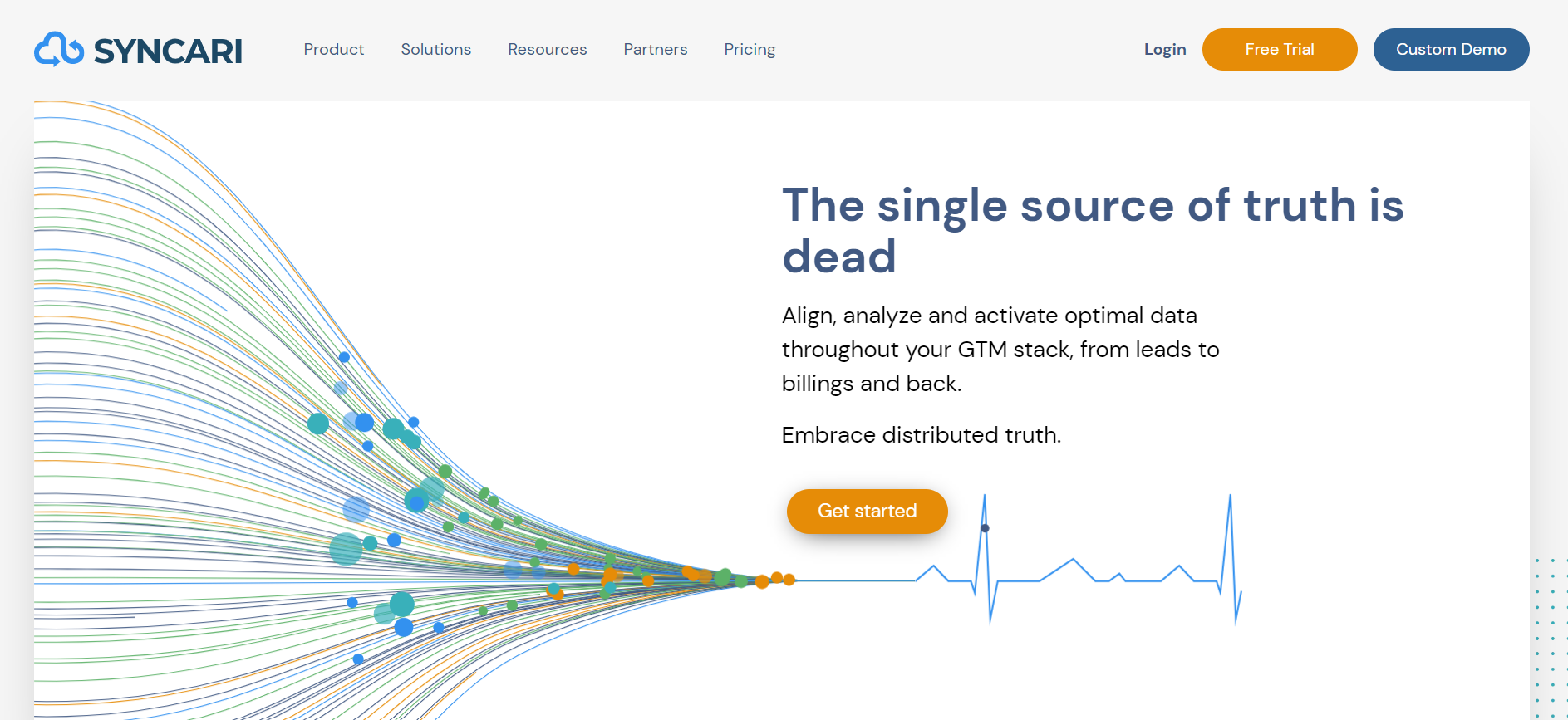
Align cross-functionally with complete, trusted data in every GTM system and create tailored customer experiences at every stage. Add new sources and update data or schemas with confidence.
Syncari adapts to changes and enforces cross-system policies centrally. Unify, normalize and clean cross-system data automatically to eliminate time-consuming prep and distribute actionable insights faster.
Why Choose Syncari?
Users and organizations that Syncari works with include midsize businesses, small businesses, enterprises, freelancers, non-profits, and governments.
From leads to billings, it’s a comprehensive automation platform with the Operational Data Hub and a truly stateful multidirectional synchronization to move integrated, yet still siloed, revenue applications into a single operating system.
By treating the enterprise application stack as a single harmonized system, Syncari intelligently cleanses, merges, augments, and transforms data across them to resolve costly data inconsistencies. Rather than using triggers, it automates key business processes through data flows, which don’t require any code.
Exclusive Features of Syncari
A multidirectional data synchronization system
Their patent-pending sync engine governs cross-system transactions to align data across teams.
A centralized revenue data management system
Using drag-and-drop business logic, you can normalize, standardize, enrich, and deduce data.
Operational analytics across multiple systems
You can calculate metrics and KPIs with unified data and track full-funnel performance.
Sync your stack right
In contrast to API-based connectors, Syncari Synapses manage the impact of data and schema changes across the GTM stack.
Customer records
Syncari unifies cross-system records in the data hub and aligns attributes to a unified data model. This is further optimized by your business logic.
Data-model-driven orchestration
Share real-time insights in the right place with no-code workflows that read unified customer data.
Automate data management and data governance
With our data-driven approach, we define rules and logic that operate across every connected system – a capability unique to Syncari.
Syncari Pricing
Syncari’s pricing is based on the number of records you manage, making it easy to predict costs and avoid unexpected expenses. Each Syncari instance includes pipelines, connectors, API calls, tasks, and transactions. Build unlimited pipelines, connect multiple systems, and run them as often as needed, all without worrying about additional costs.
With our special packages, you can access millions of records and have unlimited synapses. Contact us for a Demo.
